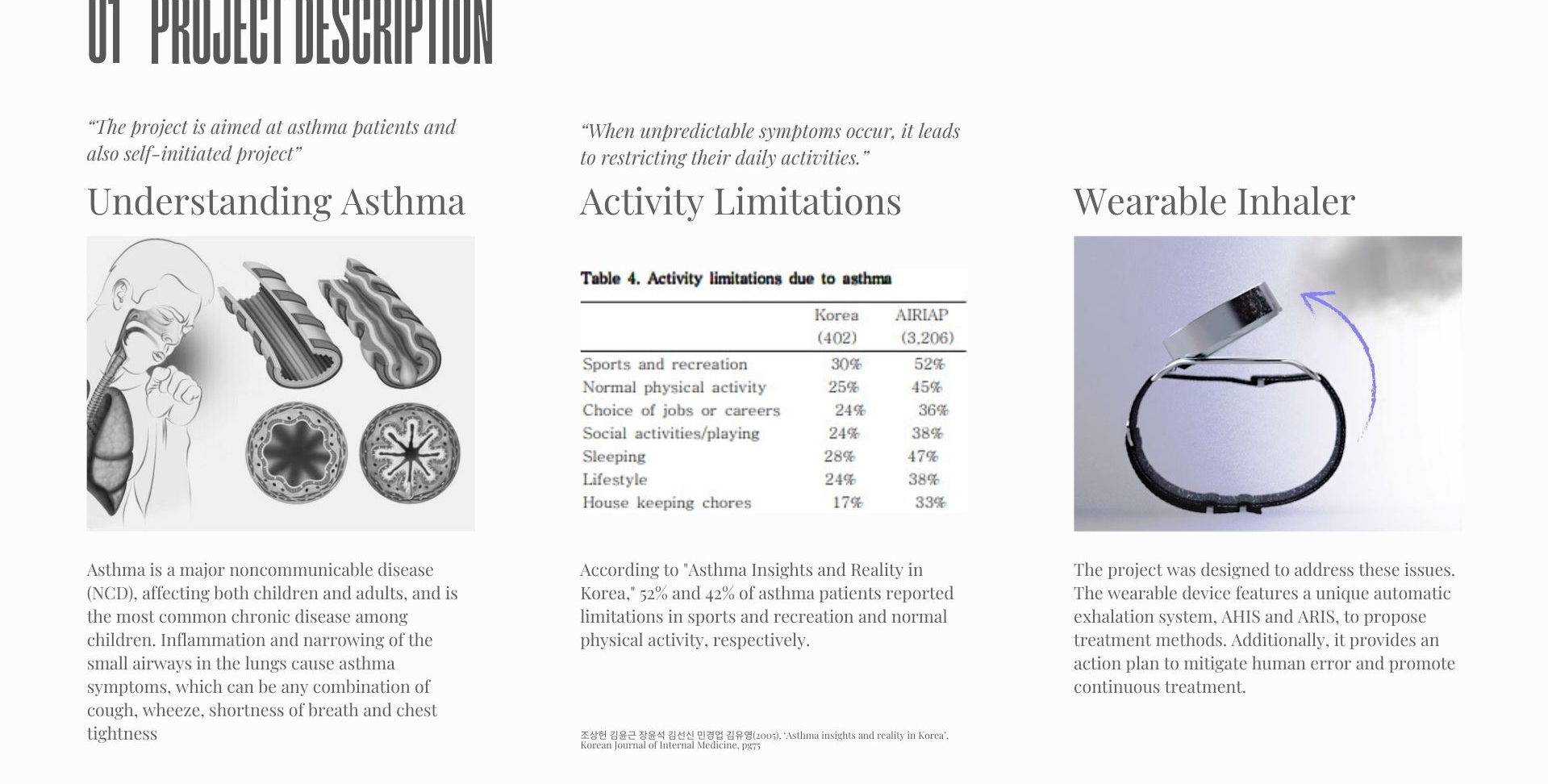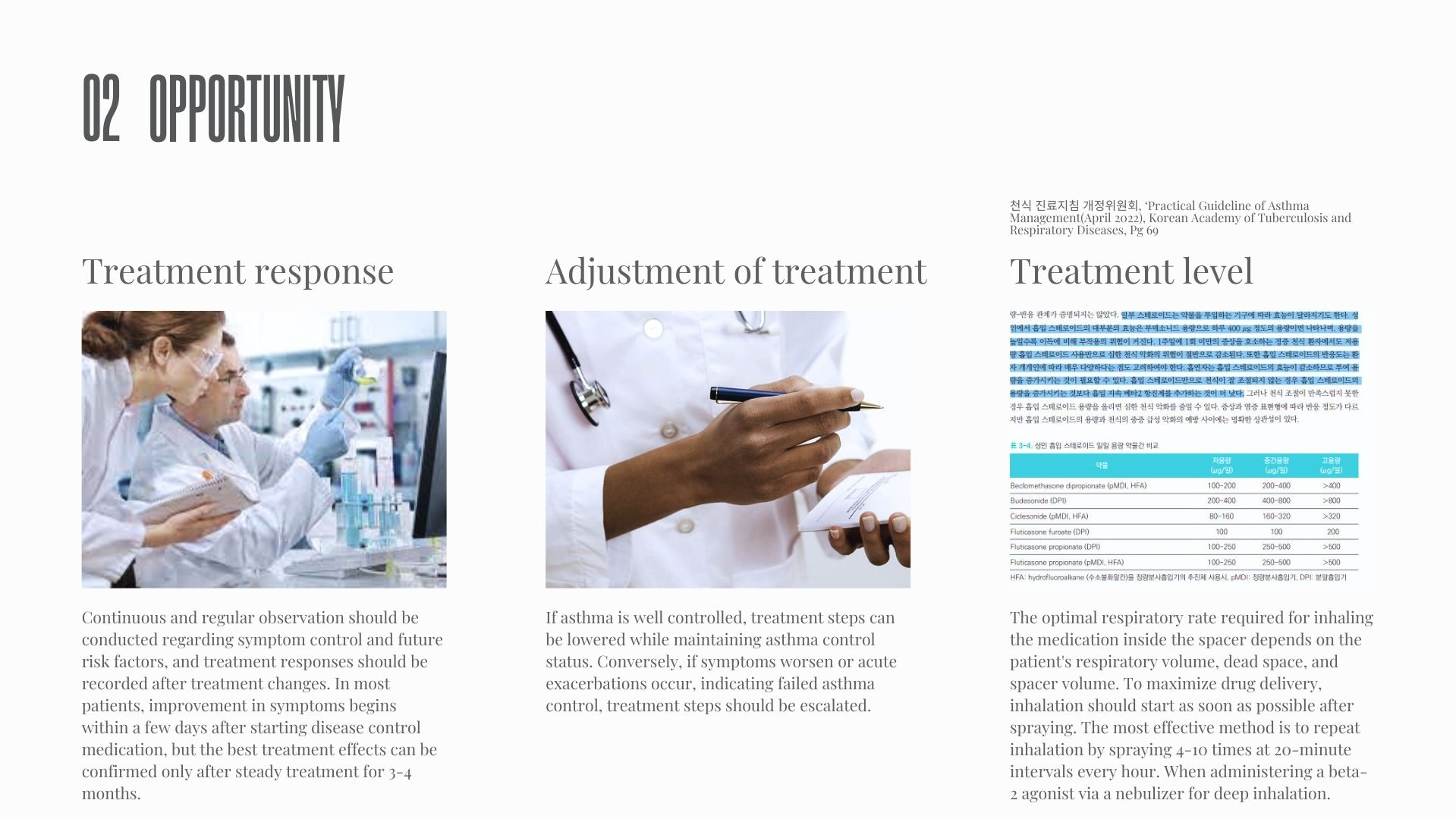Dawoon Yim
Design Products MA
Royal College of Art
Specialisms: Design and Technology / Industrial Design / Sustainable Design
Location: Seoul, South Korea


Dawoon Yim

First Name: Dawoon
Last Name: Yim
Specialisms: Design and Technology / Industrial Design / Sustainable Design
Sectors:
My Location: Seoul, South Korea
University / College: Royal College of Art
Course / Program Title: Design Products MA
About
Previously, he engaged in vibrant industry-academic collaborations at the Samsung Art and Design Institute in Korea, where he primarily developed product concepts incorporating UX solutions. In the UK, he has been involved with Musson+Retallick, working on installations for the Royal Worcester Museum.Currently, Dawoon focuses on creative problem-solving by involving diverse stakeholders in his projects. Notable works include HabiTide, an ethnographic study at Lewisham and Deptford Creek, and AIRIS, a project blending human resources from Seoul National University Medical School, Innovation RCA, and asthma patients, which led to the creation of the new Carousel Description design methodology.
Dawoon is excited to embark on his journey as a designer and strategist. If you need my expertise, please don’t hesitate to reach out
Deptford Creek, a distinctive eco-heritage site within Lewisham, is part of the remaining 2% of the Tidal Thames' natural edges. Despite its unique status for wildlife, human activities have destroyed its crucial river habitats. In the 1990s, over 480 shopping trolleys were removed from the riverbed. This led to an unexpected 50% decline in Deptford Creek's fish population, as the lattice structures of the trolleys served as refuges for young fish against bigger predators during tides, while also creating a stable internal structure protected from the strong currents. This serendipitous discovery has been a great inspiration for our project. HabiTide creates an integrated ecosystem. It not only purifies water and provides a habitat for fish but also promotes the growth of algae as water flows through the structure. This algae growth is crucial, as it supports phytoplankton, which in turn provides food for the fish, enhancing the habitat's overall viability. Moreover, HabiTide's lattice structure presents significant advantages over other designs. Fish perceive these lattice-like formations as safe havens where they can seek refuge from predators during changing tides. Our design, inspired by the aquatic creature known as Venus' Flower Basket, slows the river's flow rate, which stabilises the internal environment. This stability is essential for sustaining small shrimp, plankton, and fish populations. Additionally, We've developed an algorithm using Grasshopper's Chromodoris that enables users to customise the structure to meet the specific conditions of different creeks. HabiTide is made by recycling salmon bones from local fisheries, repurposing clay from construction sites, and modifying sodium alginate from brown algae. It enhances water quality by absorbing and immobilising pollutants like lead, cadmium, and copper. With its solid adsorbents like clay and its capacity to capture substances such as phosphates, HabiTide can absorb up to 2.57 kg of heavy metals, effectively purifying the water.
Competitions

Global Creative Graduate Showcase 2024
Asthma attacks do not consider whether you have an asthma device with you. When unpredictable symptoms appear, your airway narrows, inducing panic. This prevents proper response and treatment, potentially leading to death. According to the WHO, 455,000 patients died from asthma last year. One reason for this is that asthma is triggered not only by specific allergens but also by non-specific factors like cold air, mites, and spicy food making it difficult for patients to predict attacks. The medical journal ‘Asthma Insights and Reality in Korea’ reports that 52% and 42% of respondents, respectively, reduced their participation in sports and normal physical activities due to the fear of unpredictable asthma attacks. The project was designed to address these issues. The wearable device features a unique automatic exhalation system, AHIS and ARIS, to propose treatment methods. Additionally, it provides an action plan to mitigate human error and promote continuous treatment.






















